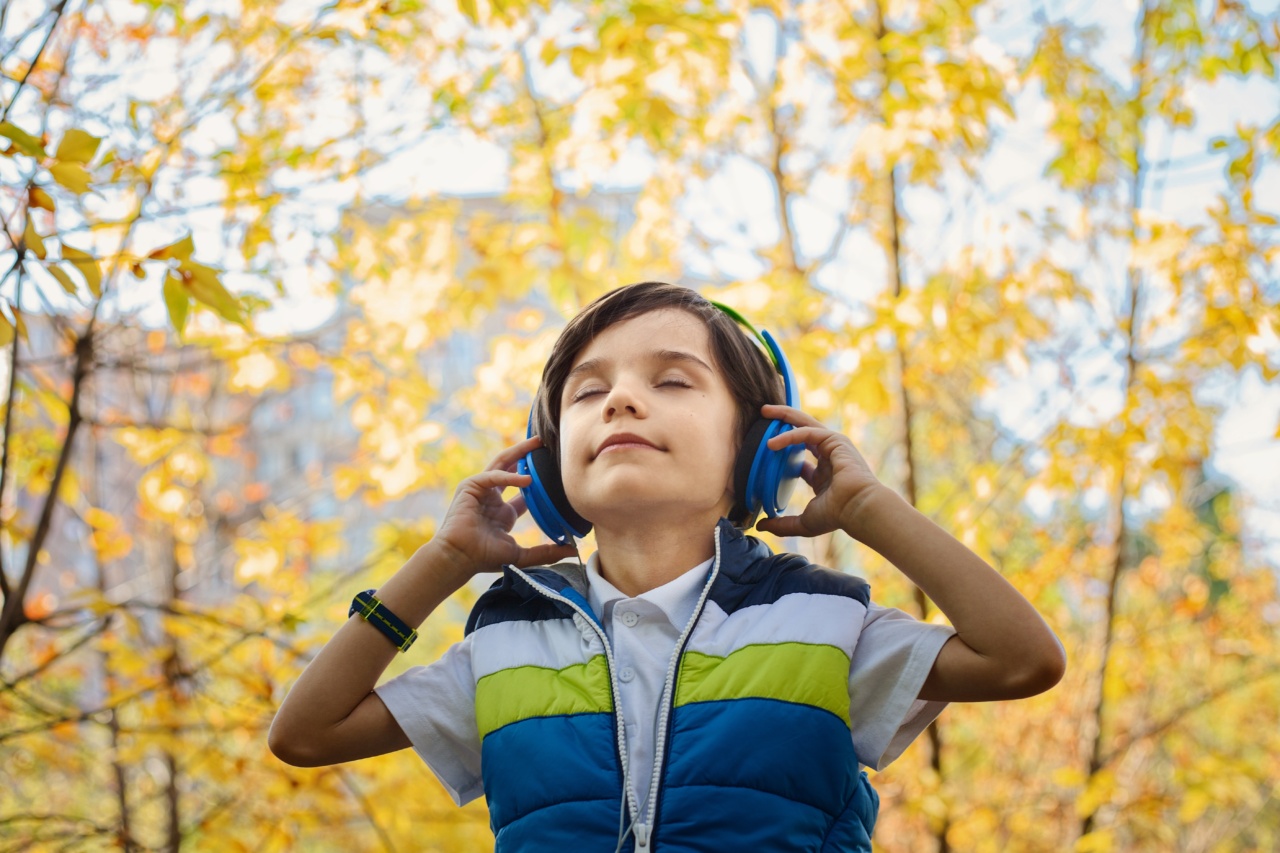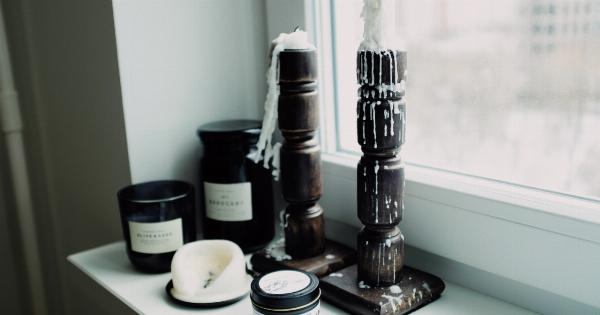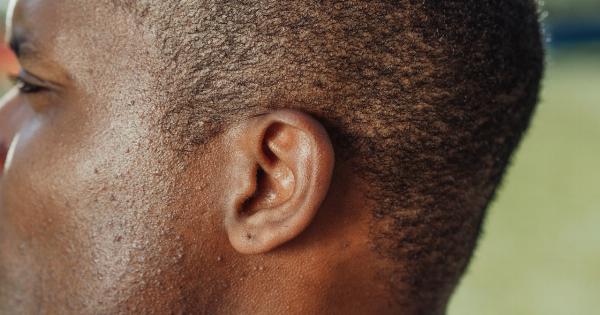Music is an intrinsic part of our lives and often serves as a source of entertainment, motivation, and energy. Amongst the younger generation, listening to music on headphones has become an everyday practice.
However, while it offers a private listening experience, it also poses a significant threat to hearing. As per the World Health Organization (WHO), 1.1 billion young people (aged between 12–35 years) are at risk of hearing loss due to unsafe listening practices, and headphone use is one of the major contributors.
How loud music damages our hearing
Loud music can cause irreversible damage to the delicate hair cells in the inner ear, which translates the sound waves into electrical impulses sent to the brain.
Exposure to loud sounds over time can lead to the death of these hair cells, resulting in hearing loss and even tinnitus—the sensation of hearing a ringing or buzzing sound.
Additionally, listening to loud music can lead to higher levels of stress, anxiety, and fatigue, impacting overall well-being.
Understanding the problem
It is common for people to believe that moderate exposure to loud music is not harmful to hearing, particularly when using headphones. However, the danger lies in prolonged exposure to high decibel levels, as this can cause irreversible hearing damage.
The WHO recommends listening to music at no more than 60% of the maximum volume, for a maximum of 60 minutes per day. This is a standard guideline to ensure that the inner ear is not subjected to excessive noise levels that may cause damage.
Why headphone use is a cause for concern
Headphones have gained popularity as a convenient way to listen to music while on the go, especially during travel or while exercising. The practice has become so widespread that it is not uncommon to see people wearing headphones throughout the day.
However, there are significant risks associated with this practice.
The primary risk with headphones is that they are designed to deliver sound directly into the ear canal, exacerbating any potential hearing damage.
Additionally, over-ear headphones can lead to the buildup of earwax, which can also contribute to hearing loss if not properly cleaned.
The impact of personal music players on hearing
Much like headphones, personal music players (PMPs) have become an integral part of daily life, providing easy access to music on the go. However, studies have shown that PMPs are amongst the top contributors to noise-induced hearing loss.
Research conducted amongst university students found that approximately 40% of those who regularly use PMPs have experienced symptoms of hearing damage such as temporary threshold shift (temporary hearing loss), tinnitus, and hyperacusis (sensitivity to noise). Additionally, the study revealed that most students who experienced these symptoms were not aware of the risk posed by PMPs.
Preventing hearing loss from headphone use
Preventing hearing loss from headphone use requires a conscious effort to implement safe listening practices. Here are some tips:.
- Limit listening time: Ensure that you limit your headphone use to no more than 60 minutes per day.
- Avoid high volumes: Keep the volume at or below 60% of the maximum level to prevent hearing damage.
- Take breaks: Give your ears a break from wearing headphones every 30-60 minutes.
- Choose noise-cancelling headphones: Noise-cancelling headphones block outside sound levels, allowing you to listen to music at lower volumes.
- Clean headphones/earbuds: Clean your headphones/earbuds regularly to prevent earwax buildup that can cause hearing damage.
Conclusion
Listening to music on headphones is a common practice amongst young people, and while it may seem harmless, it poses a significant threat to hearing.
With 1.1 billion young people at risk of hearing loss due to unsafe listening practices, it is essential to implement safe listening practices such as limiting listening time, avoiding high volumes, taking breaks, choosing noise-cancelling headphones, and cleaning headphones/earbuds regularly. By taking these steps, we can protect our hearing and continue to enjoy music for years to come.




























